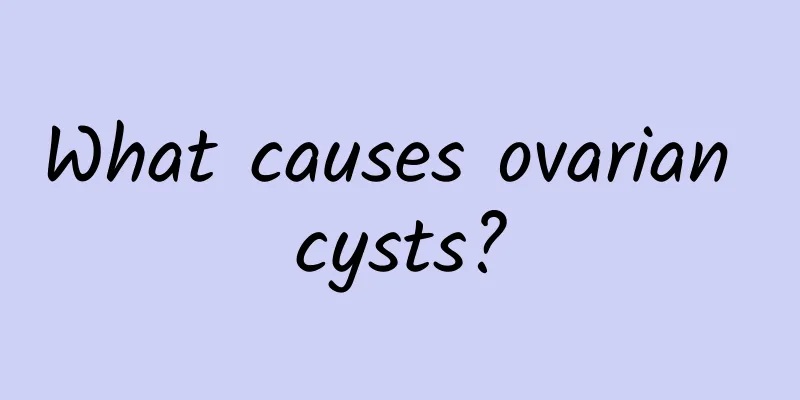TCM Syndrome Differentiation and Classification of Irregular Menstruation

|
Traditional Chinese medicine believes that menstrual fluid comes from the kidneys, and irregular menstruation is related to kidney function, spleen, liver, qi and blood, Chong channel, Ren channel, and uterus. Traditional Chinese medicine divides irregular menstruation into two categories: deficiency syndrome and excess syndrome. Deficiency syndrome is caused by weak qi and blood or liver and kidney deficiency, and excess syndrome is caused by poor circulation of qi and blood. Clinically, deficiency syndrome is more common and can be divided into the following types: Kidney deficiency type It is seen in late menarche, delayed menstruation, small amount of menstruation, normal or dark color, thin texture, accompanied by low back pain, normal or pale tongue, and deep pulse. Blood deficiency type It occurs in the late stage of menstruation with light-colored, clear and thin menstruation, accompanied by dizziness, insomnia, palpitations, pale complexion, fatigue, pale tongue and weak pulse. Qi stagnation type It occurs in the late stage of menstruation, with small amount of dark color and clots, and poor discharge, accompanied by lower abdominal distension and pain, breast distension and flank pain, depression, normal or slightly dark tongue, and stringy and astringent pulse. Blood cold type Seen in the late menstrual period, with small amount of dark blood, blood clots or light color and thin texture, accompanied by cold pain in the lower abdomen, prefer warmth and pressure, relieved by heat, or fear of cold and cold limbs, clear and long urine, thin stool, pale tongue, thin white fur, deep and tight pulse or deep and slow pulse Blood heat type The menstrual flow is heavy, dark red or purple-red, thick or with clots, accompanied by irritability, thirst, distension and pain in the waist and abdomen, yellow urine, dry stool, and a red tongue with yellow coating. Real heat type Menstruation comes early, with heavy flow, dark red or purple red in color, and thick and sticky texture, accompanied by irritability, dry mouth, flushed face, yellow urine, and dry stool. |
<<: Clinical features of senile vaginitis
>>: Three possible outcomes of ectopic pregnancy occurring in the fallopian tube
Recommend
Cost of conservative treatment for hyperprolactinemia
With the continuous development of medicine, ther...
What is a giant uterine leiomyoma? Is it necessary to remove the uterus if the uterine leiomyoma is too big?
What is a giant uterine leiomyoma? Is it necessar...
Warning: Dysmenorrhea is harmful if not treated
There are serious harms if dysmenorrhea is not tr...
To prevent the epidemic and avoid being hit by a dart, joggers’ dangerous positions are exposed! The safest distance for cycling is…
In order to prevent the epidemic, "following...
Patients with dysmenorrhea must know some conditioning methods
According to a survey, almost half of women will ...
The three main causes of ovarian cysts are introduced in detail by experts
The cause of ovarian cysts is unknown to many peo...
Mediterranean diet plus olive oil to avoid "old bones"
The Mediterranean diet is a long-standing healthy...
Is adenomyosis endometriosis?
Is adenomyosis endometriosis? What are the dietar...
What harm does pelvic inflammatory disease bring to patients
Spring is the season when bacteria are most likel...
What will happen if female cervical erosion is not treated for a long time? If female cervical erosion is not treated, it will cause 4 major harms
Cervical erosion is a very common gynecological d...
When is the best time for painless abortion?
Nowadays, many people have unexpected pregnancies...
Can I get pregnant with chocolate cyst?
If the chocolate cyst is small, you can usually g...
What are the hazards of cervicitis in women? Women should be careful of the four major hazards of cervicitis
The occurrence of cervicitis can have a very big ...
Obesity in middle age may lead to cardiovascular disease and cancer! Nutritionist: Stay away from the three evils of obesity, 4 effective ways to combat them
Obesity has become a global focus, and 8 of the t...
What are the early symptoms of bacterial vaginosis?
The early symptoms of bacterial vaginosis include...









